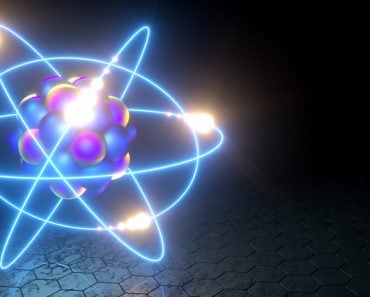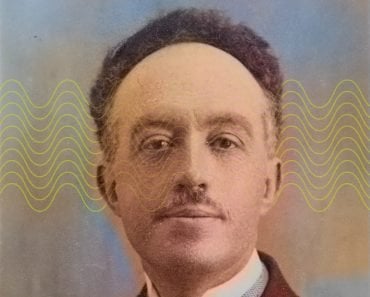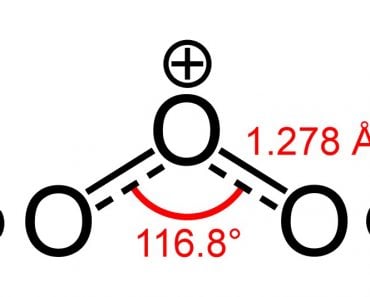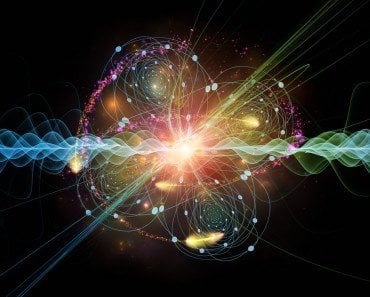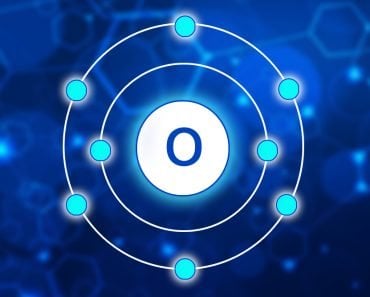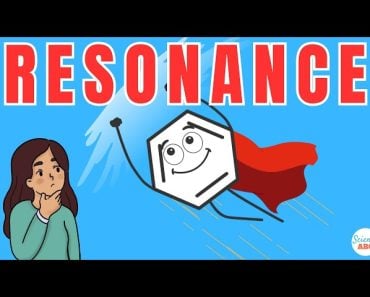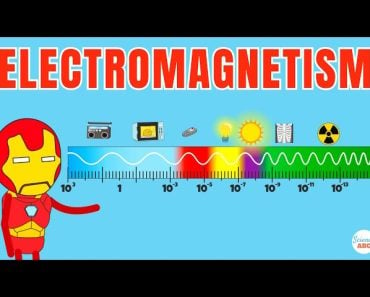Table of Contents (click to expand)
The helicity of a particle is an intrinsic property related to spin and its projection along a specified direction.
We identify and refer to our friends and people around us by their names. The name of an individual is an identification tool. Two people may have the same first name, but different surnames. This makes it easy to identify each other.
What if one does not know someone’s name?
They would instead describe their physical attributes, as every person has unique physical features and behavior.
In the atomic world, how do we identify particles?
By name, of course!
Just as we do in the full-scale physical world, we identify atomic particles by their characteristic behavior.
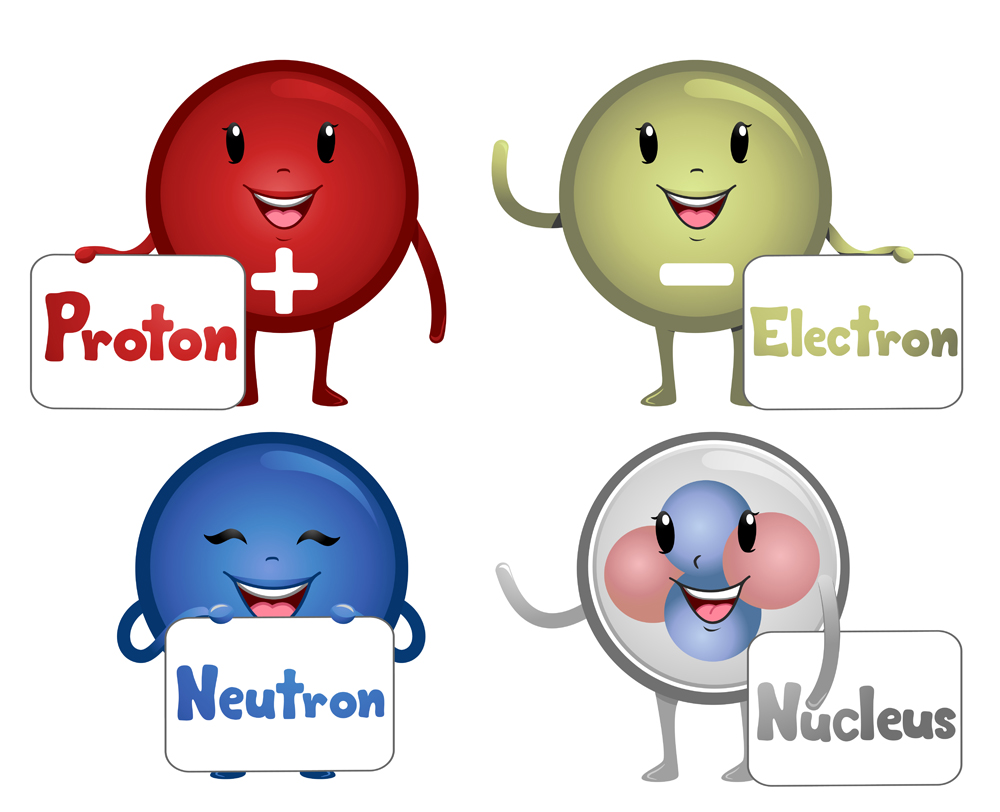
Recommended Video for you:
Spin
Each particle has a spin. The rotation of the particle determines its spin, which gives a lot of insight about the particle. The spin also has quantity and direction. The values of spin are either integers or fractional.
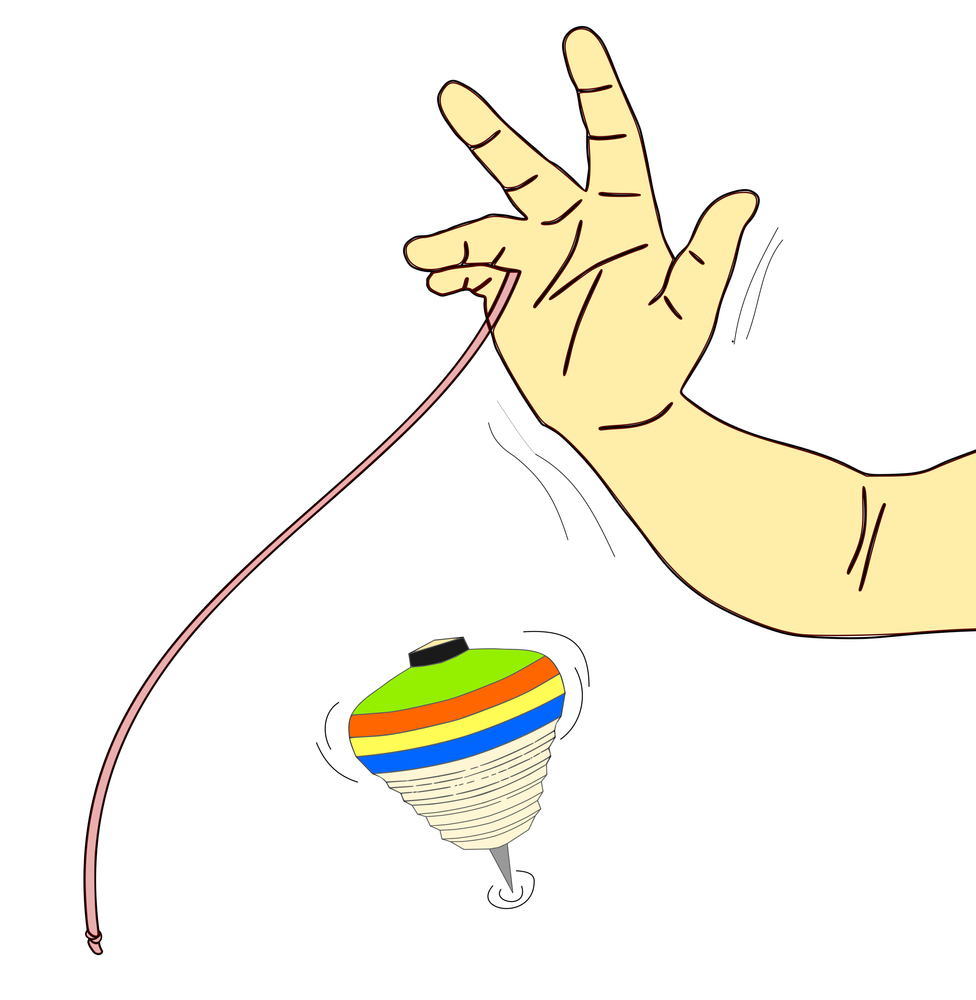
Particles with fractional spin values are fermions. Those particles with integer spin values are bosons. Thus, any particle is either categorized as a fermion or boson, based on its spin value.
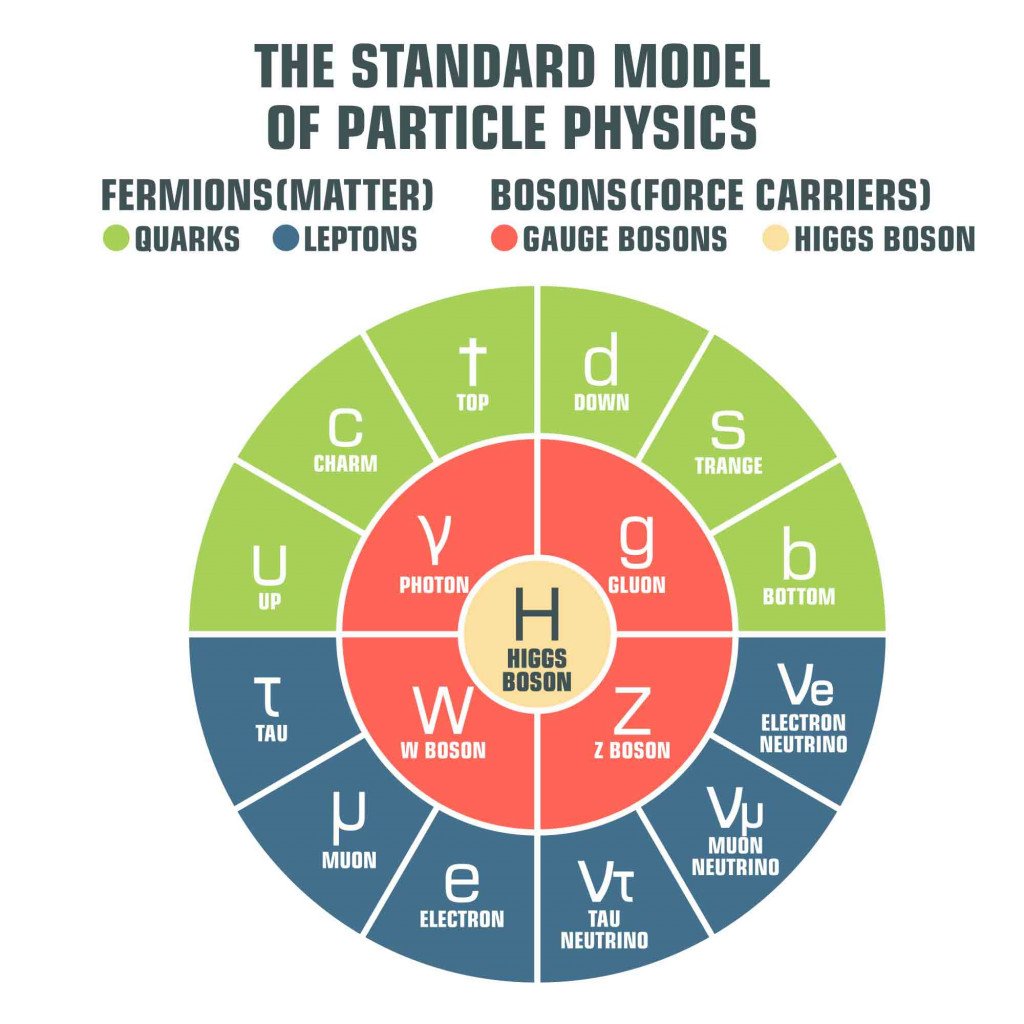
Imagine yourself spinning around with your hands stretched outwards. Now, rapidly bring them closer to your body.
What do you observe?
You will likely find yourself turning much faster than before. This phenomenon is referred to as the conservation of angular momentum. Angular momentum is present in every rotating object or particle. Thus, we can conclude that spinning particles similarly exhibit angular momentum. The spin value of the particle is unique, providing information about the angular momentum of that particle.

Inside An Atom
An atom has orbits, which is where electrons are found. Each orbit, in turn, has many orbitals within it.
One can imagine the orbits as roads/paths, while the orbitals are vehicles, and the electrons are people inside the vehicles. An electron is always found in these orbitals. Like the vehicles that move on the roads, the orbitals (vehicles) are aligned in the orbits.
The electrons inside the orbitals have a particular spin. They are often paired inside an orbital. If an electron is rotating clockwise, the other paired electron is rotating anti-clockwise. Thus, electrons have opposite spins that are denoted by ‘+’ and ‘-‘ signs.
This shows that spin has both a value and a direction.
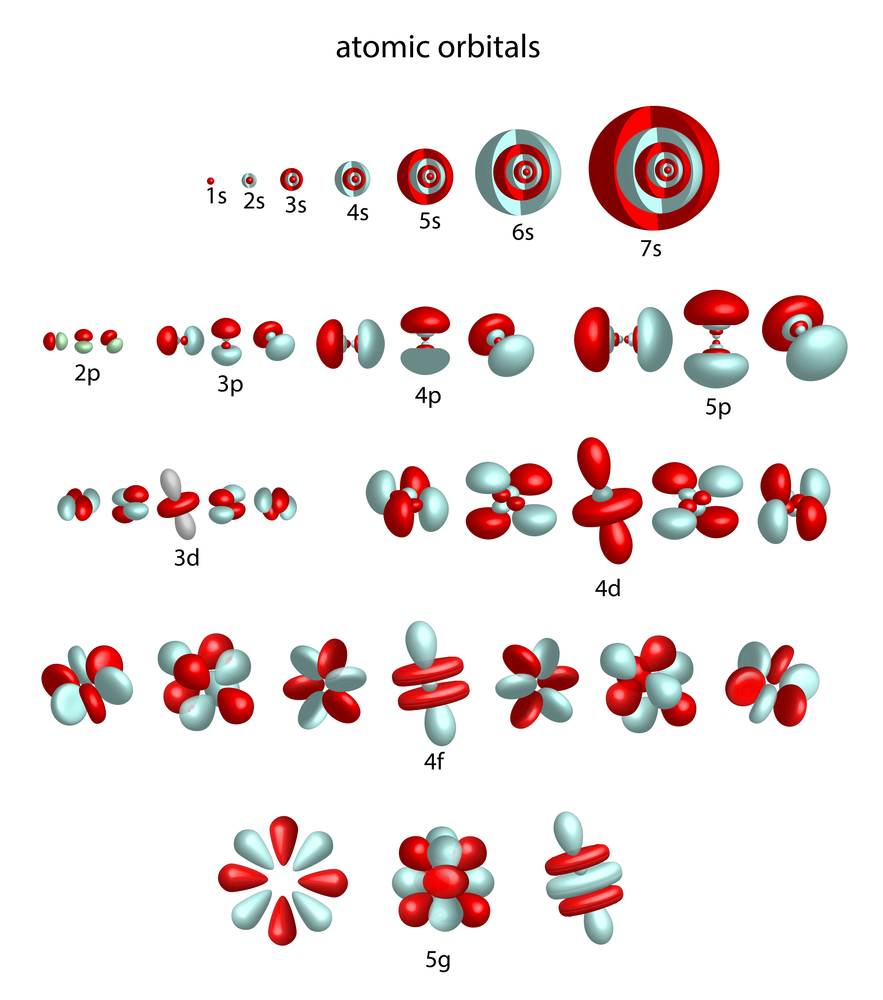
Helicity
Helicity is when the spinning particles demonstrate linear motion.
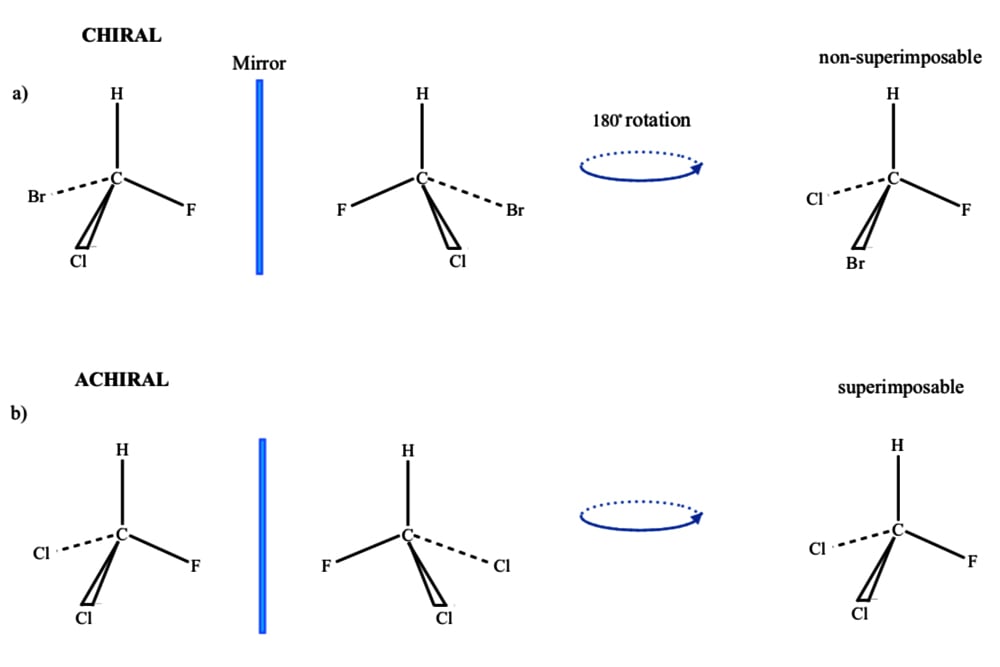
In a sky flier toy, the fan part is set to spinning motion as it separates from the main toy. Now, due to gravity, we observe that the spinning fan also moves downwards. In this moment, the toy has two kinds of motion. One is the rotational motion, which we see as it spins around its central axis. Another is linear motion due to the gravity of the earth. This is analogous to the helicity observed in particles.

The particles, owing to their rotational motion, have spin. They have linear motion in the perpendicular direction, analogous to the sky flier toy. The spin and the linear motion together describe helicity.
Helicity also implies that the particle traces a helix.
Left And Right Helicity
Helicity comes in two types: left helicity and right helicity.
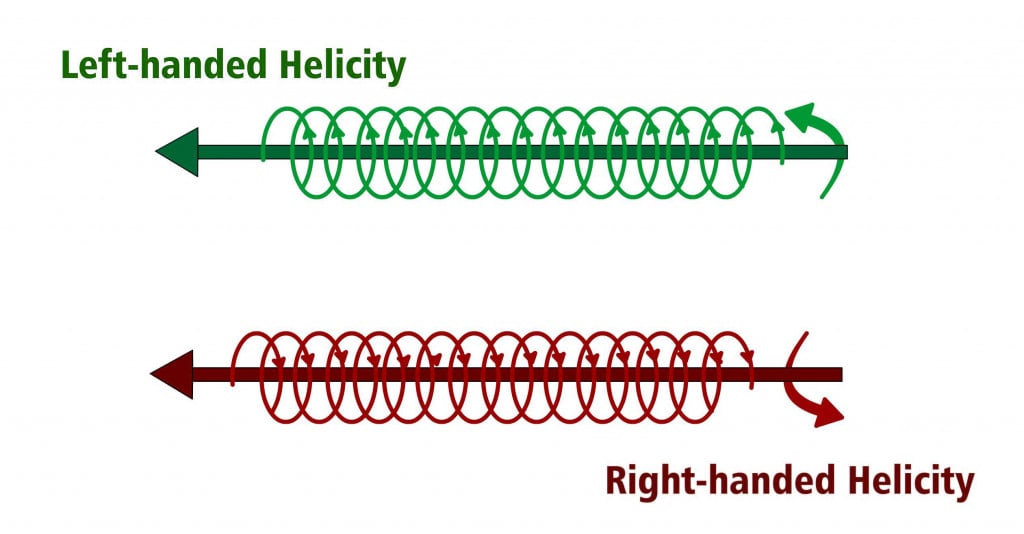
Left helicity is described by the left-hand thumb rule. It uses the left hand to show the direction of motion of the particle, while the curled four fingers of the left hand show the direction of the spin. The thumb points in the direction of the linear motion of the particle.

Likewise, right helicity is given by the right-hand thumb rule. The four fingers of the right-hand curl in the direction of the spin, while the thumb points in the direction of linear motion of that particle.
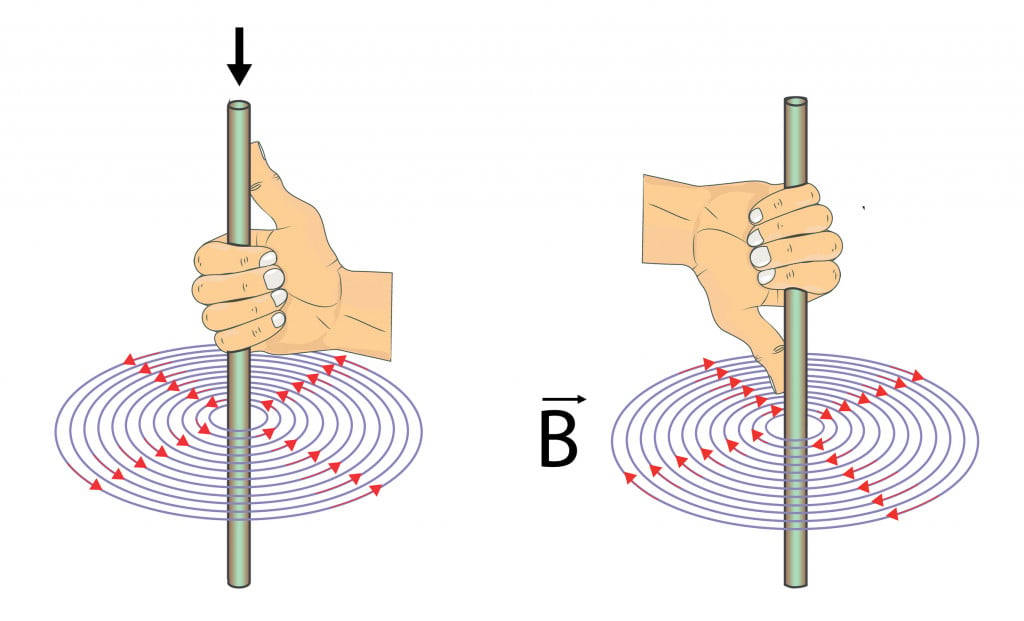
A particle is spinning along the clockwise direction, so the right-hand thumb rule shows that the direction of its linear motion is downwards. Therefore, the particle is in right helicity. If the direction of its linear motion changes to the upward direction, the helicity has changed to left helicity or left-handedness.
In some cases, helicity is constant with time, while in other cases, helicity varies. This variation helps us understand the behavioral patterns of the interacting particle.
Applications Of Helicity
Helicity gives us a lot of information about a particle. It has helped scientists understand the properties and nature of interacting particles. Helicity plays a key role in the understanding of a particle’s nature. Helicity also helps us understand the nature and behavior of antiparticles.
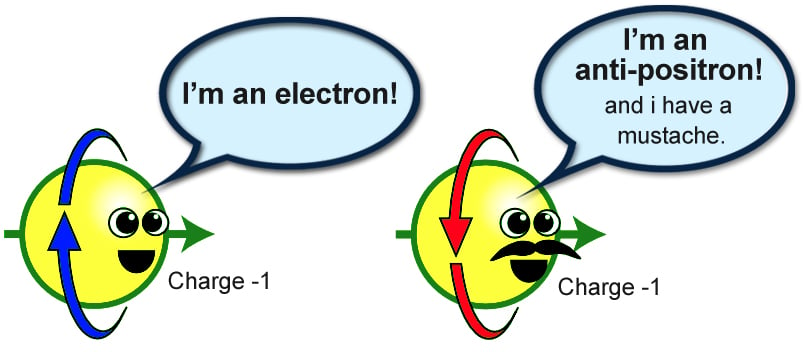
Helicity patterns help scientists better understand numerous physical and chemical observations in laboratories. Helicity is commonly used in the field of chemistry to study molecules and their properties.

